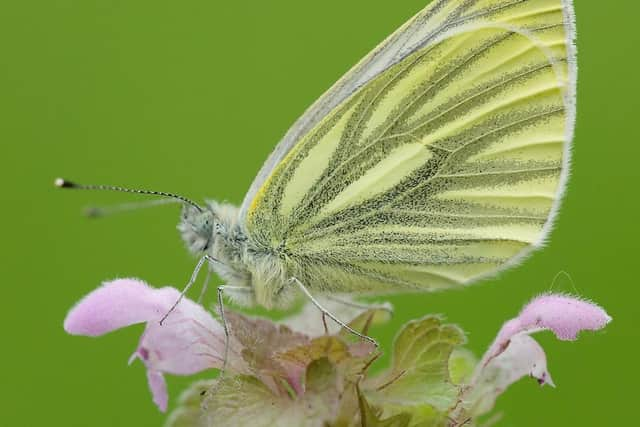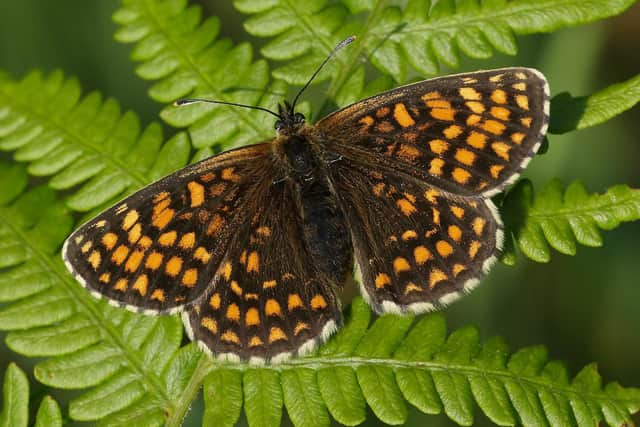Scotland bucks the butterfly trend as numbers soar
The latest results from the annual UK Butterfly Monitoring Scheme (UKBMS) survey show that while 2021 was a poor year for butterflies in England and Wales, the colourful insects thrived north of the Border.
Butterflies in Scotland enjoyed their tenth best year since records began in 1979. Of the 24 butterfly species for which trends could be produced, 12 show long-term increases in abundance and only three show statistically significant declines.
Advertisement
Hide AdAdvertisement
Hide AdScotland was the only UK country in which butterflies fared well overall in 2021, with more species increasing than decreasing from 2020 levels.


The annual study, led by the conservation charity Butterfly Conservation (BC), the UK Centre for Ecology & Hydrology (UKCEH), British Trust for Ornithology (BTO) and Joint Nature Conservation Committee (JNCC), also highlights species causing concern.
The Small Copper registered a poor year in Scotland and the long-term trend for this species is now a significant 67 per cent decrease. Small Tortoiseshell numbers also dipped after a very good 2020 and Red Admiral numbers were lower than in recent years in contrast to a bumper year in England.
Dr Richard Fox, BC’s Associate Director of Recording and Monitoring, said: "These results are good news for butterflies in Scotland, in strong contrast to the results in England particularly.
"It's probably down to several different factors, including the impact of the weather -- there were times last year when Scotland had better weather than England, particularly in May.


"There are also quite a number of species, such as the Wall, that are spreading northwards in Scotland and continuing to spread their ranges.
"There are lots of positives for Scotland. Pearl-bordered Fritillary and the Small Pearl-bordered Fritillary, both of which are massively struggling down south, have really big long term increases on monitored sites in Scotland. There were only three species showing a statistically significant long term decline."
The Small Pearl-bordered Fritillary enjoyed its best year ever in Scotland, up 62 per cent since 2020 and 326 per cent since it was first surveyed in 1979, while the Pearl-bordered Fritillary had its second-best year on record. Both have suffered severe long-term declines in England and Wales.
Advertisement
Hide AdAdvertisement
Hide AdThe Wall butterfly also had its best year on record in Scotland increasing 182 per cent since the previous year and 7918 per cent since 1999, while the Speckled Wood and Ringlet have also expanded their ranges over recent decades.
Marsh Fritillary numbers showed the largest year-on-year increase in Scotland since 2013, while Northern Brown Argus also had a good year.
The UKBMS surveys started south of the Border in 1976, with the first in Scotland launched three years later. They involve thousands of volunteers collecting data through the summer.Butterfly populations fluctuate naturally from year to year, but the long-term trends of UK butterflies are mainly driven by human activity, particularly the destruction of habitats and climate change.Dr Marc Botham, Butterfly Ecologist at the UKCEH, said: "Despite 2021 continuing to be a challenging year for data gathering and conservation activity, we received 476,000 records from more than 2900 sites over the year, including a record number of standard transects."We are incredibly grateful to the thousands of volunteers who carried out monitoring."
Comments
Want to join the conversation? Please or to comment on this article.